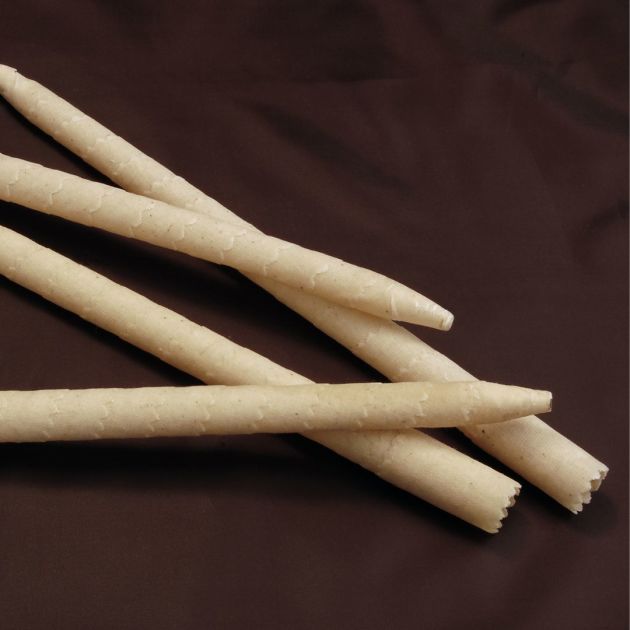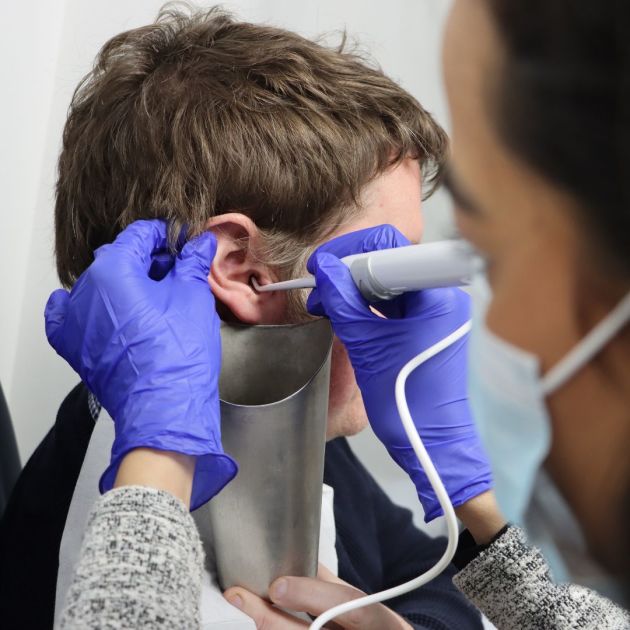
At-home ear wax removal has become very popular over the last few years, with the internet full of do-it-yourself removals hacks and over-promising products that don’t really work! One of these such products is ear candles - but what are they and what do they do?
What is ear candling?
Ear candling, or as it is sometimes called, ear coning, is a popular method of at-home ear wax removal. The process of ear candling involves sticking a lit, cone-shaped candle into the ear and burning it for around 15 minutes. The theory is that the heat from the candle's flame will create a vacuum in the ear, gradually loosening the ear wax and pulling the debris into the candle.

There are various types of ear candles on the market, including the most popular choice, Hopi ear candles. Other types include ear cones and traditional ear candles.
As well as claiming to remove ear wax, some people believe that ear candles also have other benefits, such as killing bacteria in the ear, helping to alleviate symptoms of tinnitus and even curing migraines.
Does ear candling work?
Despite all of the above claims, there is very little evidence to suggest that ear candling is an effective method of wax removal or can help with anything else for that matter!
Are ear candles safe?
While slightly less intrusive than other at-home ear wax removal methods, ear candling is NOT safe to do, especially if performing it on yourself. Despite the lack of benefits of using ear candles, should you still be considering it then it’s important to be aware of the risks, which include:

- Pushing anything into your ear such as cotton bud or ear candles are likely to push the wax deeper inside as well as further compacting your ear wax. This will mean that a professional ear wax removal will be needed to successfully remove the wax.
- Burning yourself externally from candle wax or hot ash falling on your face or scalp
- Internal damage from hot wax falling in the ear.
Are there any alternatives to ear candling?
There are other popular at-home ear wax removal remedies. However, much like ear candling, the risks of performing them far outweigh the success of the removal.
Read about the potential dangers of at-home ear wax removal methods.
The safest and most effective way to remove your excess ear wax is to see a qualified professional for removal.
Professional ear wax removal at Leightons
At Leightons, we provide a professional ear wax removal service to safely remove your excess ear wax.

Our audiologists and wax removal clinicians are expertly trained to effectively remove ear wax build-up using one of a number of removal methods. These include manual removal, water irrigation and microsuction.
Find out more about ear wax removal at Leightons, including how to prepare for an ear wax removal appointment.
Book an ear wax appointment today
To book your ear wax removal appointment, you can call us on 0800 40 20 20, pop into your nearest practice, or book an appointment online.








